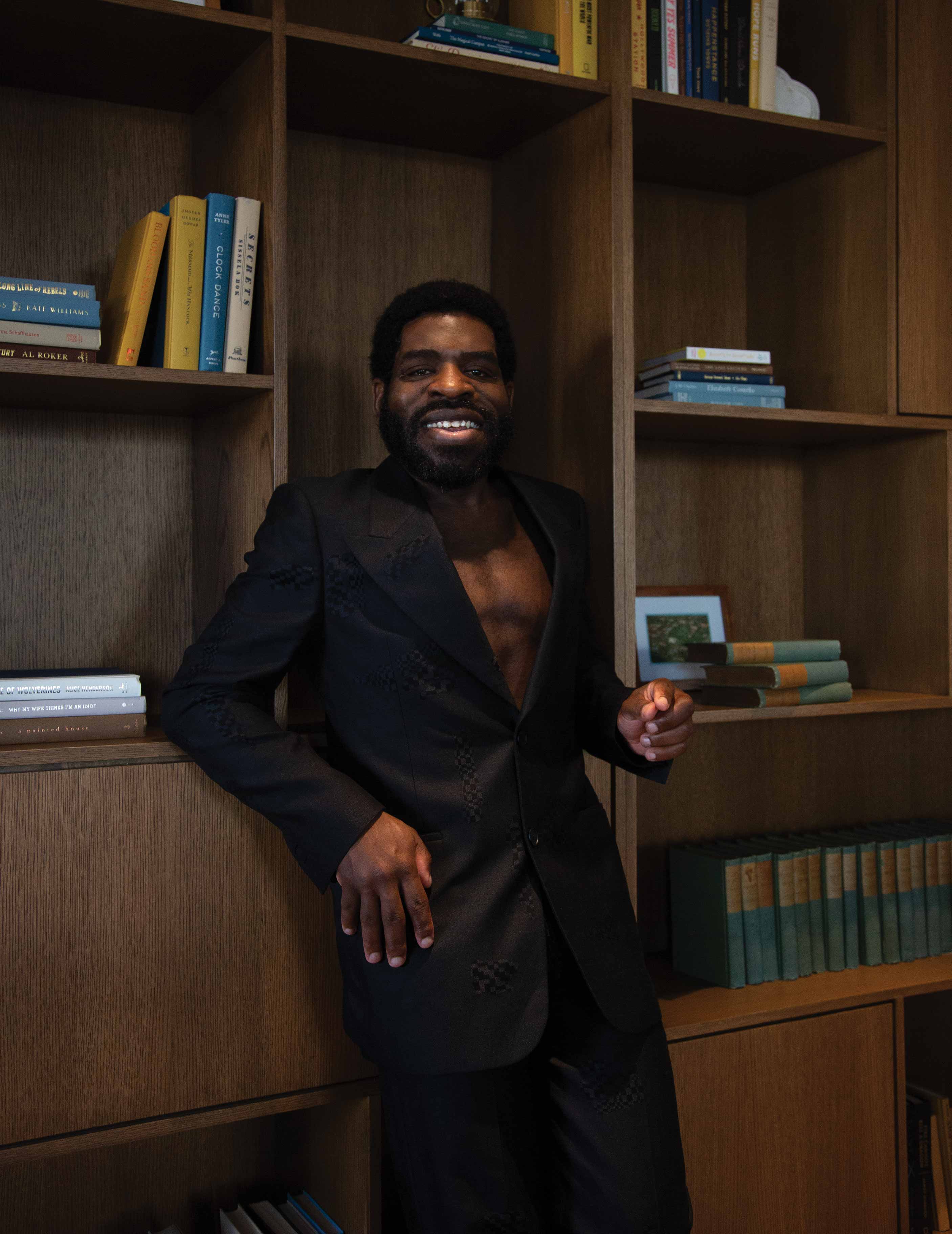F L A U N T


It would not be amiss to say that Hanif Abdurraqib’s latest work, a collection of basketball-inspired essays titled There’s Always This Year is chiefly guided by three themes: devotion, grief, and place. It would not be amiss because those three themes appear throughout the multi-hyphenate poet, essayist, and cultural critic’s body of work, existing as buoys in a sea of Abdurraqib’s own interior. There’s Always This Year (Random House) once again finds these distinct markers in conversation with one another, as the author so fluidly weaves together explorations of our nation’s staunch dedication to sports with recollections of his encounters with hometown heroes, and remembrances of long lost people, places, and dreams. The landscape of the book, vast and covering endless ground, remains anchored by familiar curiosities. “I think place, grief, and devotion are the things that are the engine of all the work...Those are kind of the doors I’m always knocking at.”

I - Devotion. Abdurraqib’s exploration of devotion in his writing, while partly tied to the religious undertones of the word’s definition and his experiences growing up Muslim, is largely dedicated not to what we owe any deity, but to what we owe each other. “I think it is a requirement to love with intention and to ask the people in your lives what they need to be loved.” Reflecting author bell hooks’ famous sentiment that love is a verb, not a noun, Abdurraqib iterates that to love well, one must move with curiosity, with a sense of inquisitiveness towards what the person on the receiving end of his love truly needs.

II - Grief. Just as he embraces the highs of human experience in his writing, Abdurraqib does not shy away from the lows. Having lived without some of the closest people in his life for several decades now, he uses his writing practice as a way to “reconstruct the dead,” to build an archive of their existence on Earth. “I can’t always remember the sound of my mother’s voice. I can’t always remember the sound of my friend Tyler’s laugh...So I have to fill in those absences... What I’m seeking in my work is kind of trying to plug the holes of memory before everything leaks out.” Abdurraqib does not view his considerations of death as morose, however, but rather a romantic pursuit. To recall the memories of loved ones through his work, “to go back and walk alongside them,” is an act of love that he feels is required of him.
III - Place. While building archives of the people he’s loved and lost, Abdurraqib is also building an archive of the city that he loves—his native Columbus, Ohio. A part of that archive building for him is, ultimately, recognizing that Columbus is not the same city that he fell in love with, but choosing to love it regardless. That process does not come without dissonance. “I’m trying constantly to do the math of ‘How much can I love this place despite its complications?’” These complications include the changing landscape of neighborhoods he once knew, like East Columbus, whose community centers have been eclipsed by high rises and other manifestations of gentrification. Ultimately, he moves through these conflicted feelings in his writing, telling the stories of his community in a way that reflects not only the experiences of those around him, but their authentic voices and language. “I write the language I hear... It feels like it would be a kind of treason or betrayal for me to alter the voices or alter the language that I write in, or alter the language of the people around me who are speaking into the air that I love.”

There’s Always This Year, colored by both personal and historical reflections that form a love letter to basketball’s golden age in the 90s, was a new undertaking for Abdurraqib. “It’s definitely the most experimental book I’ve ever made in terms of just text on the page.” This exploration of uncharted ideas appears from the book’s get-go, as chapters are fittingly called quarters, passages of which are broken down and titled with unique timestamps to mimic a basketball shot clock countdown. While Abdurraqib’s previous work has always drawn parallels between race and the subject matters he excavates, There’s Always This Year finds him honing in on basketball’s relationship to Blackness for the first time. Whether detailing white America’s disdain for the University of Michigan’s “Fab Five,” or recalling the fearful, othering presences of white visitors who descended on Columbus’s streets for a basketball tournament, Abdurraqib offers a fresh perspective on his community’s devotion to the game of basketball, and the demonization of this devotion.

Photographed by Marcus Morris
Styled by Chloe Cussen
Written by Awo Jama
Grooming: Andi Summer
Produced by Franchesca Baratta
Photo Assistant: Andres Mira
Styling Assistant: Sailor LeVan
Location: The Junto